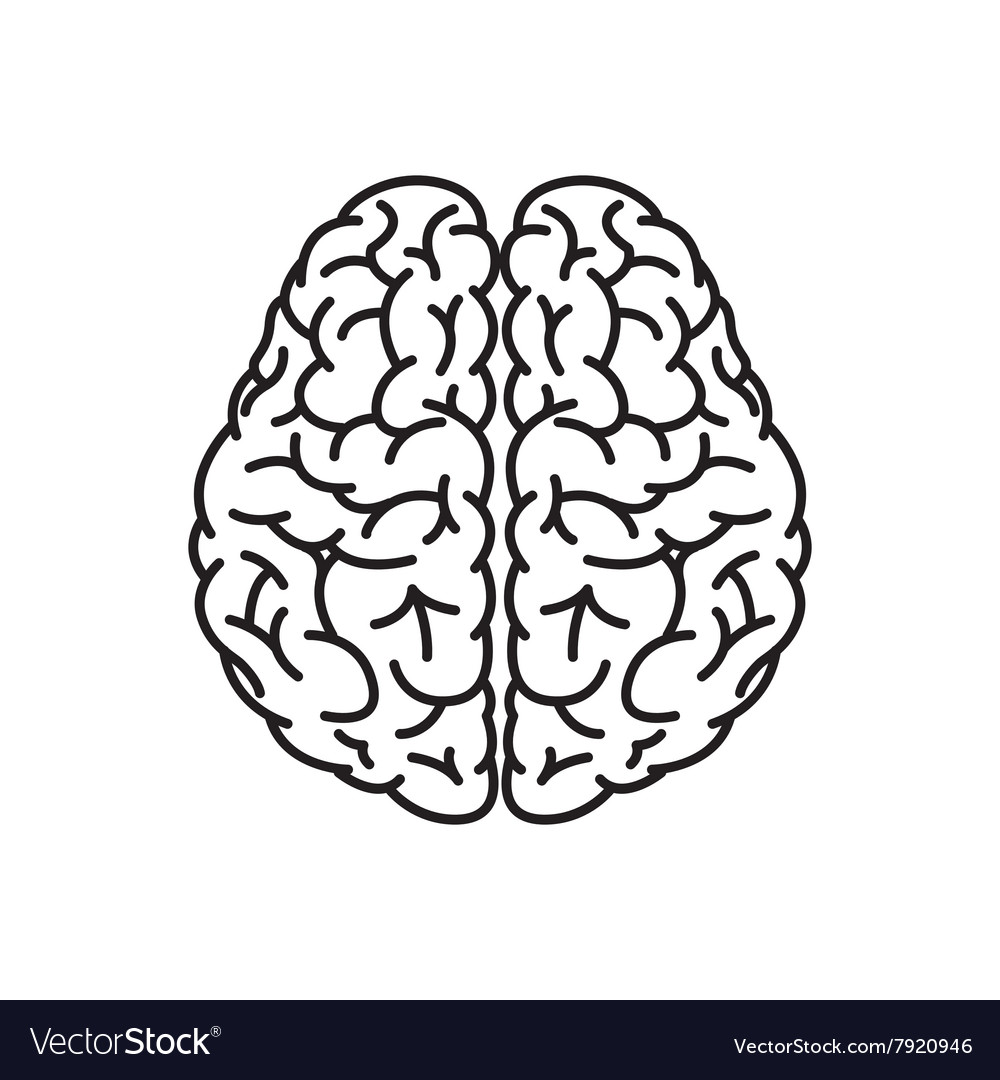
5 Selection of appropriate antimicrobial therapy is critical and should be targeted against suspected microorganisms or those identified in tissue cultures, with antimicrobial agents selected based on their ability to cross the blood-brain barrier. 4 Medical management alone is considered in specific cases, including deep-seated infection not amenable to surgery, small or multiple abscesses, or coexisting meningitis. Thus, a high clinical suspicion is vital for early evaluation and prompt medical and surgical management.Ĭombining medical and surgical approaches is crucial in managing brain abscess. 3 A diagnosis of brain abscess poses a significant challenge to clinicians because most clinical manifestations are nonspecific, ranging from indolent to fulminant. Nevertheless, in up to 35% of cases, the etiology is unclear. Associated risk factors include trauma and hematogenous spread however, it can also be associated with spread from a contiguous focus of infection. 2 In the setting of infection, cerebritis occurs, and it can progress to brain abscess formation. The etiology, clinical presentation, and outcome of brain abscess vary significantly across populations based on underlying comorbidities and predisposing conditions. Prompt therapy and surgical intervention decrease the risk of serious neurologic complications. However, the morbidity and mortality associated with these infections remain high. Over the past few decades, our approach to the management of pyogenic brain abscess has evolved considerably with the use of novel imaging modalities and diagnostic techniques, molecular methods for microorganism detection, and availability of newer antimicrobial agents. A prompt combined surgical and medical approach with prolonged antimicrobial therapy may cure the infection with avoidance of permanent residual neurologic deficits. Most patients with brain abscesses are older with multiple underlying comorbidities, and one-third had antecedent head and neck surgery. Compared with those who received combined therapy, patients with medical therapy alone had a higher mortality rate (21.4% vs 6% P =. The median duration of antimicrobial therapy was 42 days. The most common definitive antibiotic regimen was monotherapy (48.2%). A total of 205 patients (83%) were managed with medical and surgical treatment. Diagnostic brain magnetic resonance imaging (MRI) was performed in the bulk (93.1%) of patients. The median age was 59 years, and 33.6% had a history of head and neck surgery or traumatic brain injury.

We retrospectively reviewed adults who presented with pyogenic brain abscess from January 1, 2009, through June 30, 2020. Overall, 247 patients were identified. Despite advances in the diagnosis and management of brain abscess, significant associated morbidity and mortality remain high.


 0 kommentar(er)
0 kommentar(er)
